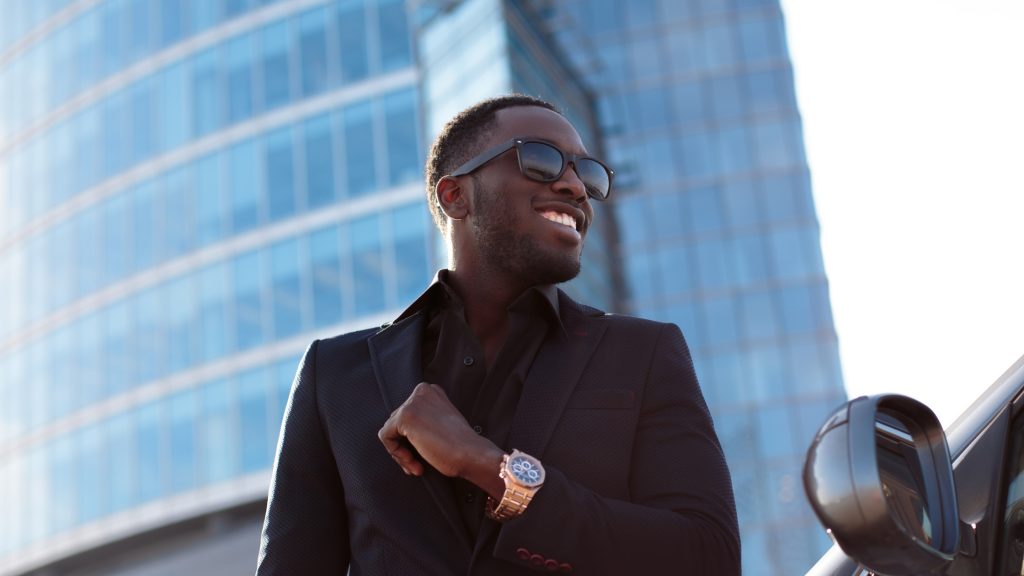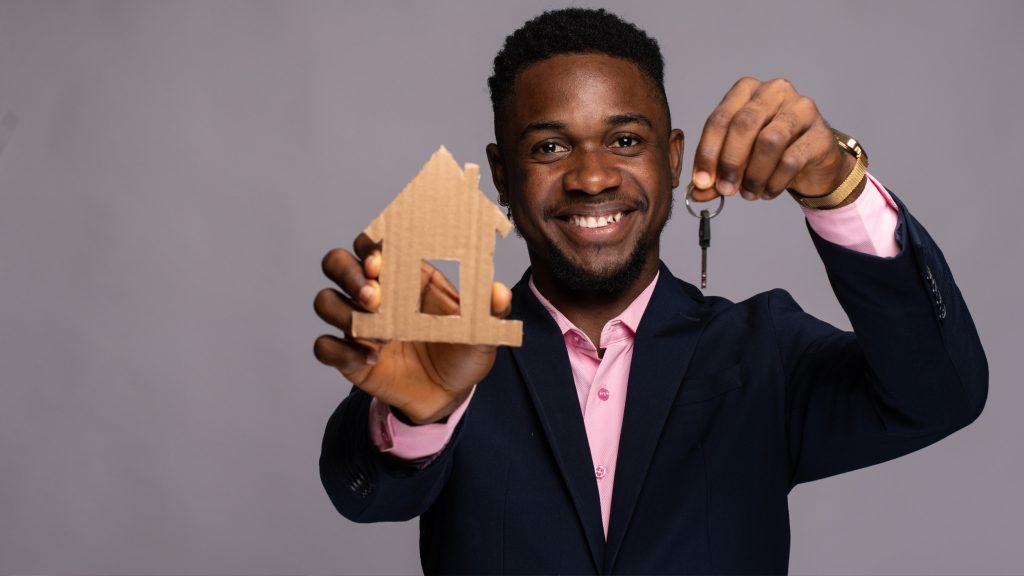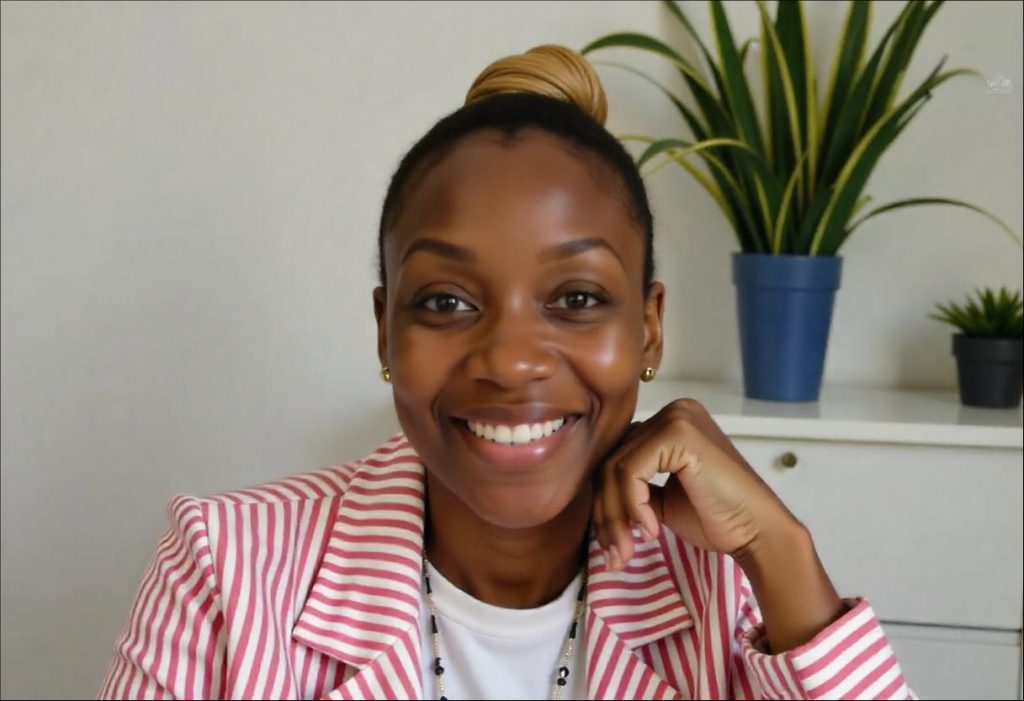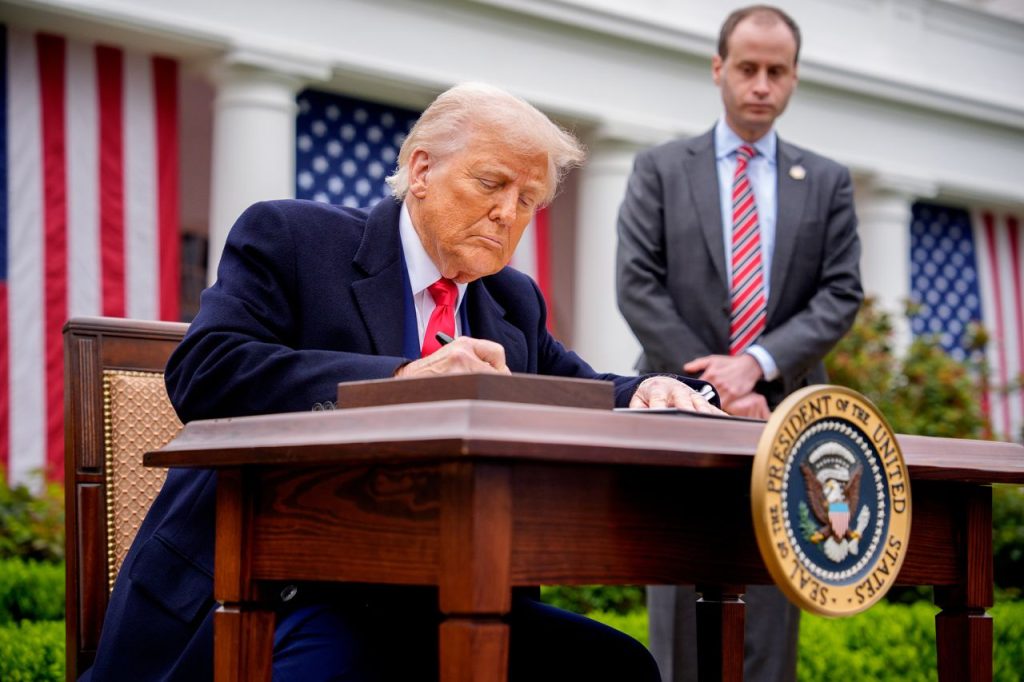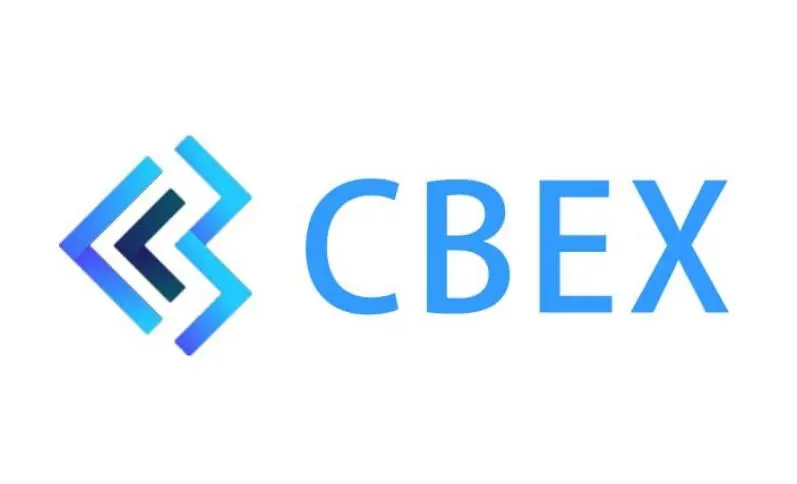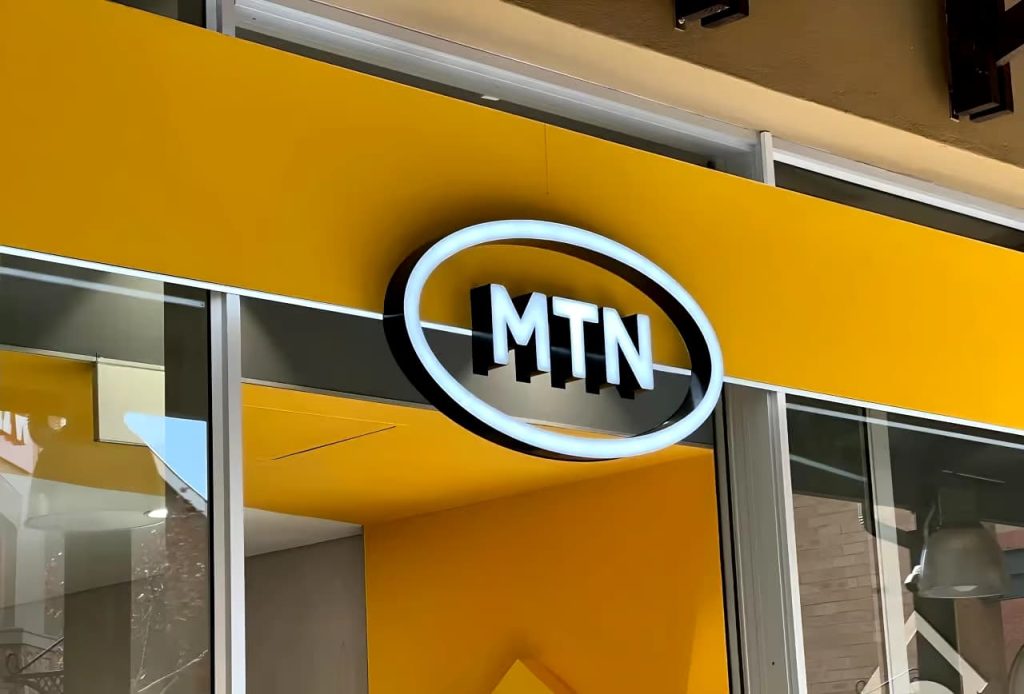Explore the ancient rituals and modern processes that unfold when a pope passes away. From the sealing of the Papal Apartment to the election of a new pontiff.
Vatican City was hushed in mourning this week with the passing of Pope Francis. As the world grieves the loss of the 88-year-old pontiff, an ancient and secretive process has kicked into motion behind the closed doors of the Holy See. What actually happens in those tense days between a pope’s death, and the announcement of the next spiritual CEO for 1.4 billion people?
This article pulls back the curtain on the ritual-filled transition – from the moment a pope dies, through the somber funeral rites, and finally to the dramatic conclave where white smoke signals the election of a new Pope.
The Immediate Aftermath: Ancient Rituals After a Pope’s Death
When a Pope dies, centuries-old protocols spring into action almost immediately. These steps ensure both respect for the late pope and a secure, orderly transition of authority. Here’s a step-by-step look at what unfolds in the days after Pope Francis’s death:
Death Confirmed by the Camerlengo:
The Camerlengo (Latin for “Chamberlain”), a senior cardinal, must officially verify that the Pope has died. Historically, tradition says the camerlengo would call the Pope’s baptismal name three times for this. They would even tap the Pope’s forehead with a silver hammer to confirm no response. In reality, that dramatic hammer ritual hasn’t been used since 1878. Today the camerlengo simply certifies the death in the presence of other Vatican officials and draws up the death certificate. For Pope Francis, this duty fell to Cardinal Kevin Farrell, the current camerlengo. He now temporarily administers the Holy See during the interregnum (the period of the vacant papal throne).
Sealing the Papal Apartment:
Next, the camerlengo proceeds to lock and seal the Papal Apartments in the Apostolic Palace. This means no one can enter the Pope’s private rooms or remove anything.
In earlier times, this step helped prevent looting of the Pope’s possessions. Nowadays, it’s more about securing personal papers and effects, ensuring nothing sensitive falls into the wrong hands.
Destroying the Fisherman’s Ring:
Along with sealing the apartments, the Pope’s official seal and his Fisherman’s Ring are destroyed. The Fisherman’s Ring is a gold signet ring unique to each pope, used to stamp important documents. By ceremonially smashing the ring, the Church symbolically signals the end of that pope’s authority and prevents any forging of documents in his name. For instance, after St. John Paul II died in 2005, his ring and seal were destroyed in a ritual at the end of the mourning period, just before the conclave convened.
“Novendiales”:
Nine Days of Mourning and Funeral Rites: A pope’s death is followed by nine days of mourning called the Novendiales. During this period, the late Pope is honored with memorial Masses and traditions each day. The Pope’s body is typically placed in state. First in a private chapel for close aides, then in St. Peter’s Basilica for the public to pay respects. In 2005, nearly one million people viewed John Paul II’s body as it lay in state, a testament to how these rites draw faithful from around the world.
The College of Cardinals plans the funeral, which customarily occurs around the fourth to sixth day after death. Pope Francis had actually wished for a simpler ceremony when his time came. In his recent memoir, he wrote that the typical papal funeral pomp was “excessive”. As such, he instructed that certain formalities be trimmed down. True to his humble style, Francis requested no ornate catafalque or multiple coffins. Instead, he sought a more modest send-off than tradition dictates.
By the end of this nine-day mourning period, the Pope is laid to rest. Pope Francis will be buried according to his wishes, likely in Rome’s Santa Maria Maggiore rather than the crypt under St. Peter’s. With the conclusion of the novendiales, the stage is set for the next chapter: the election of a new Pope.
The Conclave: How a New Pope Is Chosen
After the mourning period, the focus shifts entirely to selecting the next pope. This election takes place in a gathering known as a conclave (by the way have you seen the Ralph Fiennes-led 2024 movie?). This word literally means “with key”, a nod to the tradition of locking the cardinals away until they choose a new pontiff. The papal conclave is often described as one of the most secretive elections in the world, steeped in ritual and secrecy.
Who are the Electors?
The voters in a conclave are the College of Cardinals, the Catholic Church’s most senior clergymen. However, not all cardinals get to vote. Only those under the age of 80 on the day the pope dies are eligible to participate. That usually amounts to around 120 cardinals, though the exact number can vary. For instance, there were 115 electors in the 2005 conclave, and 135 as of Pope Francis’s death. These princes of the Church come from all over the globe, reflecting Catholicism’s worldwide reach.
They are summoned to Rome by the Dean of the College of Cardinals a few days after the funeral. The conclave must begin no sooner than 15 days and no later than 20 days after the pope’s passing. (This gap gives time for distant cardinals to travel to the Vatican and also respects the mourning interval.) In Pope Francis’s case, that means the conclave would likely start about two to three weeks after his April 21 death.
Locking the Doors – “Extra Omnes”
On the morning the conclave begins, the cardinal electors gather for a special Mass, then file into the Sistine Chapel – the Vatican’s richly frescoed chapel that will serve as the election hall. They take an oath of secrecy, swearing to shut out all external influence and reveal nothing of the voting process. At this point a dramatic command is given: “Extra omnes!”, meaning “Everyone out!”.
All persons not involved in the conclave must leave the chapel. The doors are then locked. From that moment, the cardinals are in complete isolation until a new pope is chosen. No phones, no internet, no communication with the outside. Even meals and sleeping arrangements are within a secured area at the Vatican. This enforced seclusion is meant to encourage prayer, reflection, and freedom from outside pressure during the decision-making.
Voting Rounds and Smoke Signals
The cardinals vote by secret ballot, writing down one name each. For a valid election, one candidate must receive a two-thirds majority of the votes. Voting happens in multiple rounds, up to four times a day; typically two ballots each in the morning and afternoon. After each round of voting, the ballots are burned in a special stove inside the Sistine Chapel.
This is where the famous smoke signals come into play. Chemicals are added to produce black or white smoke from a chimney visible to crowds in St. Peter’s Square. Black smoke means no decision yet: the ballots did not yield a winner, so the world must wait. And the cardinals will vote again. White smoke, however, means Habemus Papam – “We have a Pope.”
It’s the dramatic sign that a new leader has been chosen.
This tradition of smoke arose to inform the public of the conclave’s outcome in real time, given the absolute secrecy inside. In modern times the Vatican even rings the bells of St. Peter’s Basilica to confirm a white-smoke signal so no one mistakes the color.
Conclaves can last a couple of days or stretch longer. But in the last century, they have all been relatively short; usually under five days. For example, the conclave that elected Benedict XVI (Cardinal Joseph Ratzinger) in 2005 took just two days and four ballots. Francis himself was elected on the second day of the 2013 conclave. In contrast, some historical conclaves dragged on for weeks or even months, but those are a distant memory now. The cardinals generally feel pressure (and perhaps the guidance of the Holy Spirit, as Catholics believe) to come to an agreement efficiently. This way, the Church is not without a shepherd for too long.
Habemus Papam: The Announcement of a New Pope
When at last a cardinal secures the required two-thirds majority and accepts the election, the papal transition reaches its joyful climax. The successful candidate is quietly asked inside the chapel, “Do you accept your canonical election as Supreme Pontiff?”. If he says yes, he is then asked, “By what name shall you be called?”. This is how the new Pope chooses his papal name, a tradition in which he selects a name that often honors a saint or a previous pope. Moments later, the world will learn this name.
The newly elected Pope is led to a side room in the Sistine Chapel. This is known as the “Room of Tears” (nicknamed for the overwhelming emotion many feel at this moment). There, he dresses in papal white vestments for the first time. Fun fact: three sets of white robes (small, medium, and large) are prepared in advance to fit the chosen man. Thus robed and having composed himself, the Pope returns to meet the people.
Meanwhile
Outside in St. Peter’s Square, an air of electric anticipation grips the crowd as soon as white smoke appears. I’ve always likened it to how a family waits to hear news about a successful delivery. Not long after the smoke, the Protodeacon Cardinal (the senior cardinal deacon) steps onto the central balcony of St. Peter’s Basilica. He dramatically proclaims the ancient words: “Habemus Papam!”; Latin for “We have a Pope!”. He then announces the new Pope’s identity: the birth name (“Jorge Mario Bergoglio,” for example) and the chosen papal name (“Francis”). The waiting faithful, and millions watching live broadcasts around the globe, erupt in applause at this declaration.
Shortly after, the new Pope himself appears on the balcony to give his first public greeting. He also gives his urbi et orbi blessing (“to the city and to the world”). It’s a powerful moment of continuity: despite the sorrow of losing one pope, the Church now has a new leader to carry the mission forward. The bells peal, the crowds cheer, and a fresh chapter of the papacy begins.
Pope Francis’s Legacy and the Road Ahead
As the Church turns the page, it’s worth reflecting on Pope Francis’s legacy, and the questions his successor will face. Francis was a historic pontiff in many ways. He was the first pope from Latin America and the first Jesuit pope, and he brought a very humble, down-to-earth style to the office. From day one, Francis signaled he would do things differently. He chose to live in a simple Vatican guesthouse (Casa Santa Marta) instead of the grand Apostolic Palace quarters all his predecessors used. Francis wore plain old shoes instead of the famous papal red loafers and rode in modest cars rather than limousines. He also generally shunned excess trappings of status. These personal choices helped set a new tone of humility and simplicity at the very top of the Church.
Beyond style, Pope Francis pushed the Church in new directions on several fronts. He highlighted issues of social justice, mercy, and care for the marginalized. This was the pope who embraced a man with a disfiguring disease in St. Peter’s Square, to show compassion matters. He spoke often about refugees and less privileged, not abstractly but by going to the margins himself. In fact, Francis’s very first trip outside Rome as pope was to the tiny island of Lampedusa, where many migrants were arriving in Europe. It was a bold statement of solidarity with refugees.
Throughout his travels…
He prioritized visiting countries often overlooked, especially places where Christians are marginalized or struggling, rather than just the traditional Catholic strongholds. He wrote encyclicals (authoritative letters) on caring for the environment and on fraternity and economic justice, urging the world to remember the plight of the vulnerable. Within the Vatican, Francis worked on cleaning up church finances, and overhauling the Vatican bureaucracy. He also promoted a more consultative governance style, including calling a global synod to let bishops and even laypeople debate the Church’s future path.
All this means the next Pope will have big shoes to fill (whether or not they’re red loafers). The cardinals in the conclave will certainly be weighing whether to continue on the course Francis charted or to take a different approach. Will the new pope lean into the reforms and open spirit of Francis’s era? Or steer back toward a more traditional style of leadership? That’s a central question. Francis appointed the majority of the cardinals who will vote, which could increase the chances of a like-minded successor, but the Holy Spirit – and the dynamics of the conclave – often defy prediction.
And more…
There are other pressing issues waiting on the next Pope’s desk. The Catholic Church, 1.4 billion strong, is deeply global and diverse, and its new leader will need to bridge divides. One challenge is internal: how to heal rifts between progressive and conservative factions in the church that sometimes grew more tense under Francis’s watch.
Another is secularization: in parts of the world, especially Europe and North America, church membership and priest numbers are declining, while the faith is growing in regions like Africa and Asia. The new Pope will have to speak to a world that is increasingly secular in some places and fervently religious in others, a tricky balancing act of relevance. He will also inherit the ongoing task of confronting the Church’s clergy abuse scandals and continuing the work of making bishops accountable: a painful but necessary effort that Francis advanced with mixed results.
And of course, there’s the fundamental mission of the Church: how to spread its message in a way that resonates in the 21st century, using modern tools but remaining true to tradition. Questions of how the Church engages on issues like human sexuality, the role of women, and interfaith dialogue will also be on the horizon for the incoming pontiff.
In short, the conclave won’t just be picking a new CEO for the Vatican. They’ll be choosing a shepherd who will guide Catholics worldwide through the complexities of our time. Pope Francis reshaped the papacy with his personality and priorities; now his successor must decide how to carry that forward or redefine the role again.
A Moment of Endings and Beginnings
The death of a pope is a moment of profound ending; the loss of a beloved leader and the close of a chapter in the 2,000-year history of the Catholic Church. But intertwined with that ending is a new beginning.
As the white smoke curls into the Roman sky and St. Peter’s bells toll, people around the world – Catholic or not – stop to watch history unfold. It’s a spectacle of continuity and hope: an ancient institution renewing itself before our eyes. The rituals, from the somber tolling of the bells announcing a papal death to the triumphant Habemus Papam! from the balcony, are rich in symbolism that resonates far beyond the Vatican’s walls. They remind us that while leaders come and go, certain values and traditions endure.
Today, the sight of thousands packed into St. Peter’s Square peering up at a small chimney is almost surreal. Yet it shows the enduring fascination and importance this transition holds. For 1.4 billion Catholics, it means spiritual continuity and the reassurance that the Church founded so long ago will carry on. For others, it’s an intriguing drama – part sacred ritual, part global news – that still captures the imagination. Social media buzzes with excitement (even lighthearted “Conclave” memes have been trending, proving this age-old event has a firm footing in pop culture as well). And when that new Pope steps out onto the balcony, choosing his first words carefully, the world listens.
Sources for deeper insight: For those curious about the official rules and rituals, the Vatican’s website offers the full guidelines on papal elections.


